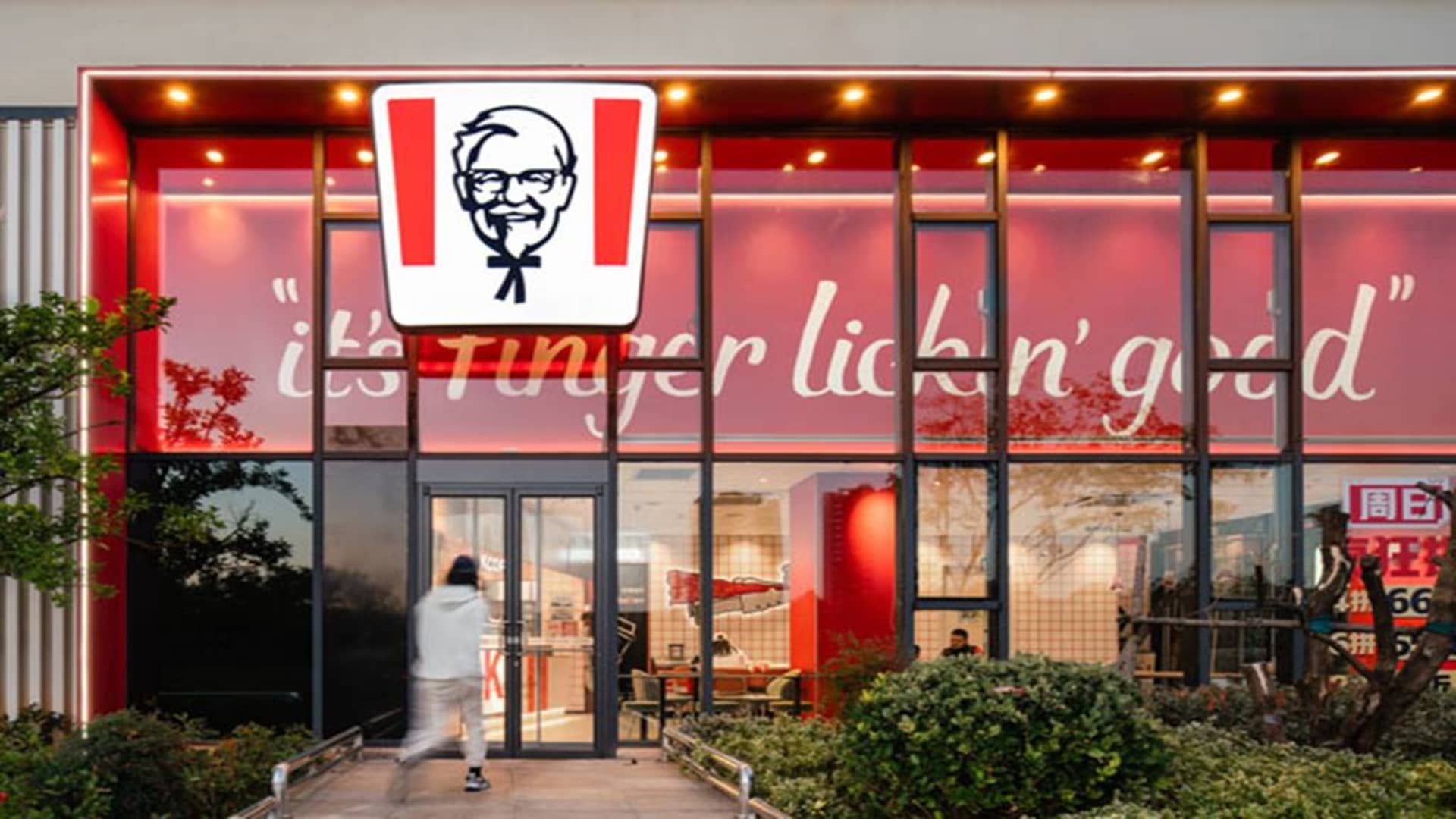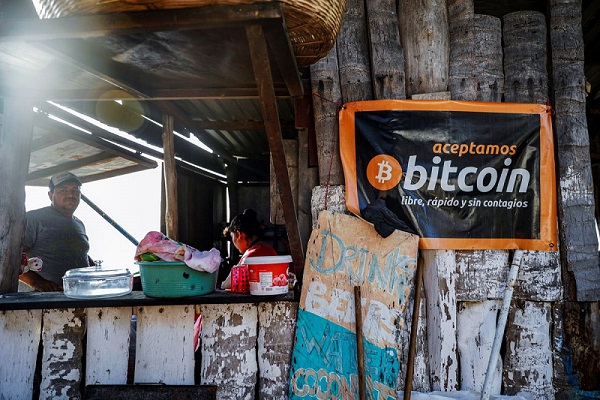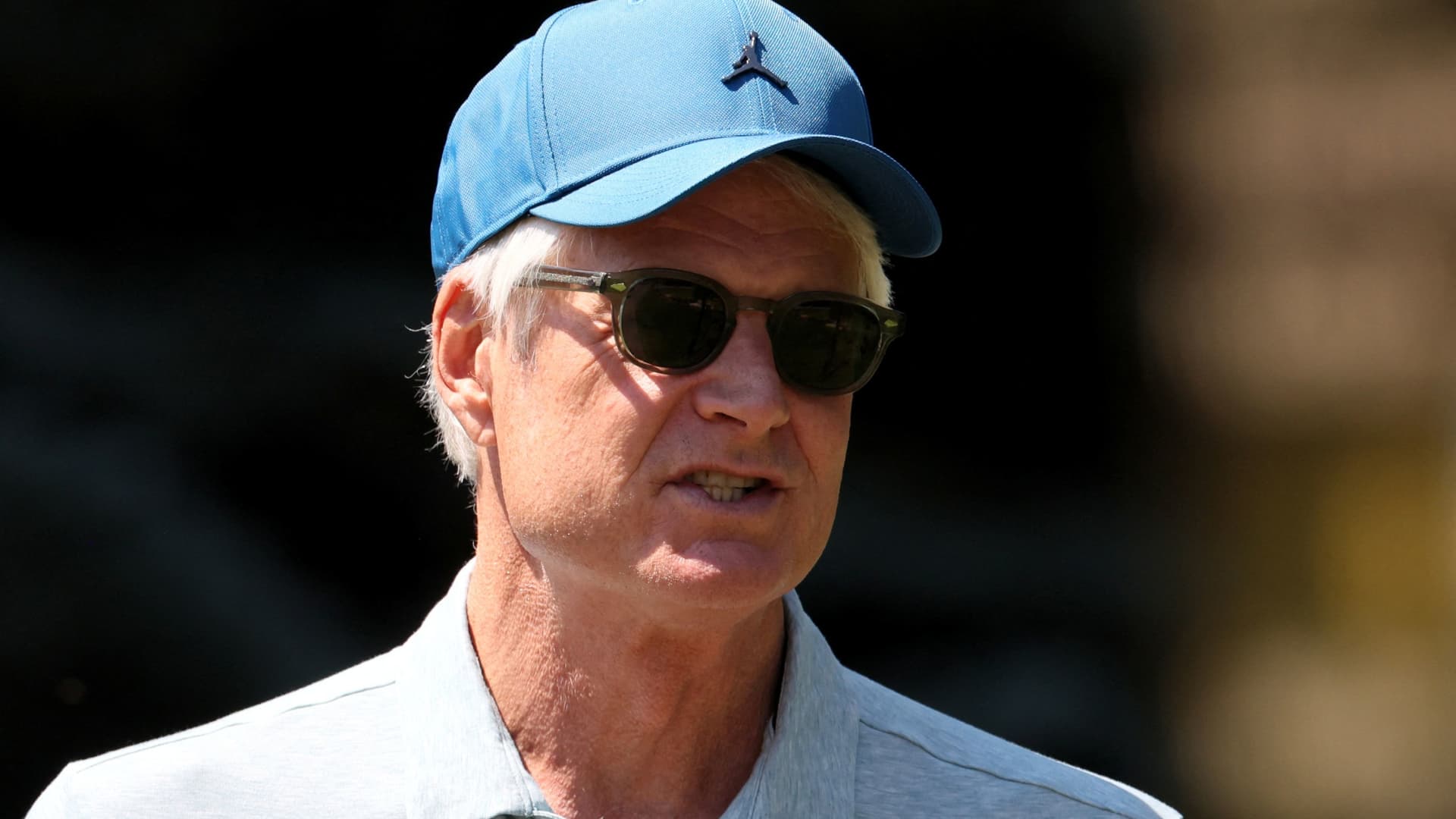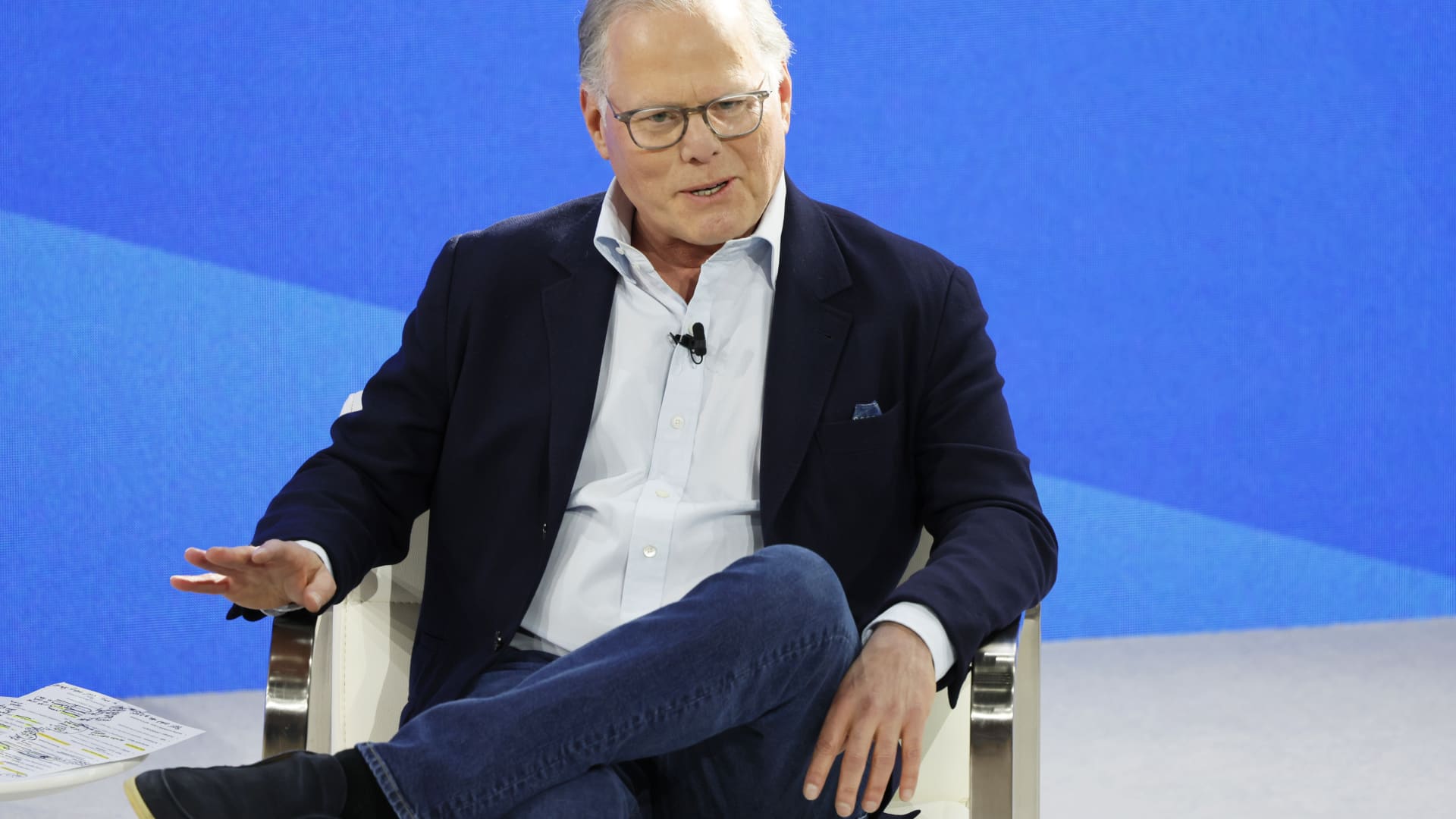A KFC restaurant in Wuhan, China.
Source: Yum China
As economists and investors worry about low consumer confidence and slow growth in China, Yum China CEO Joey Wat says the Chinese consumer is becoming more rational, and has been for years.
Weighed down by investor concerns about the broader Chinese economy, Yum China shares have fallen 27% over the past year, dragging its market value to $17.51 billion. For comparison, Licensor Yum brandswhich spun off the Chinese unit in 2016 and has a global presence, has seen its own shares rise 8%, giving it a market value of $38.87 billion.
Despite Wall Street's concerns, Yum China's sales are growing. In the fourth quarter, the company's revenue increased 19% to $2.49 billion, driven by new store openings. Its same-store sales rose 4% during the period, beating StreetAccount estimates of 3.3%. Wat highlighted the strong recovery of the restaurant industry following the Covid-19 pandemic, but also acknowledged a larger shift in consumption.
“I think the Chinese consumer has become more rational in recent years,” he told CNBC.
Housing costs in first-tier cities such as Shanghai and Beijing have become even more expensive in recent years, putting pressure on consumers' disposable incomes, according to Wat. But in lower-tier cities such as Chengdu, Yum China is seeing stronger sales growth because housing is cheaper and consumers have more money to spend.
Cities in China are often classified into tiers based on factors such as population and gross domestic product, although there is no official ranking system.
“We have a really good business model, not only in a tier one city, but also in tier five or six cities,” Wat said.
Joey Wat, CEO of Yum China Holdings Inc., during a Bloomberg Television interview in Xi'an, China, on September 15, 2023.
Qilai Shen | Bloomberg | fake images
The vast majority of Yum China's current presence is made up of KFC locations, but the company also operates Pizza Hut restaurants and Lavazza cafes. China is KFC's largest market and Pizza Hut's second largest.
While some diners in China have been cutting back on spending, others are upgrading their spending, switching from instant coffee to KFC's frothy coffee, for example.
“There is a long-term and subtle improvement in consumption,” Wat said.
At KFC, Yum China has used a counter strategy to attract diners looking for deals and those looking for higher quality food. For example, the company sells a chicken breast sandwich for less than $2, as well as a Wagyu beef burger.
Yum China uses a similar strategy at Pizza Hut. Only about 30% of Pizza Hut's sales in China come from real pizza. The chain is introducing cheaper pizza options to appeal to the deal-seeking diner and build market share within the pizza category.
One of Pizza Hut China's popular main dishes is the steak, which helps it stand out from the competition.
“In a first-tier city, you can have some steakhouse options,” Wat said. “Go to a tier two, three or four city, and Pizza Hut might be the only option.”
Yum China has built about half of its new stores in lower-tier cities in recent years, hoping to attract consumers with more disposable income. The company has a presence of more than 14,600 restaurants, making it the largest restaurant company in China. By 2026, the company wants to have more than 20,000 locations.
The World Bank and International Monetary Fund forecast China's economic growth will slow in 2024, citing weakness in the country's real estate sector and weaker global demand. Beijing will reveal its annual GDP target at a parliamentary meeting starting Tuesday.
Don't miss these CNBC PRO stories:










